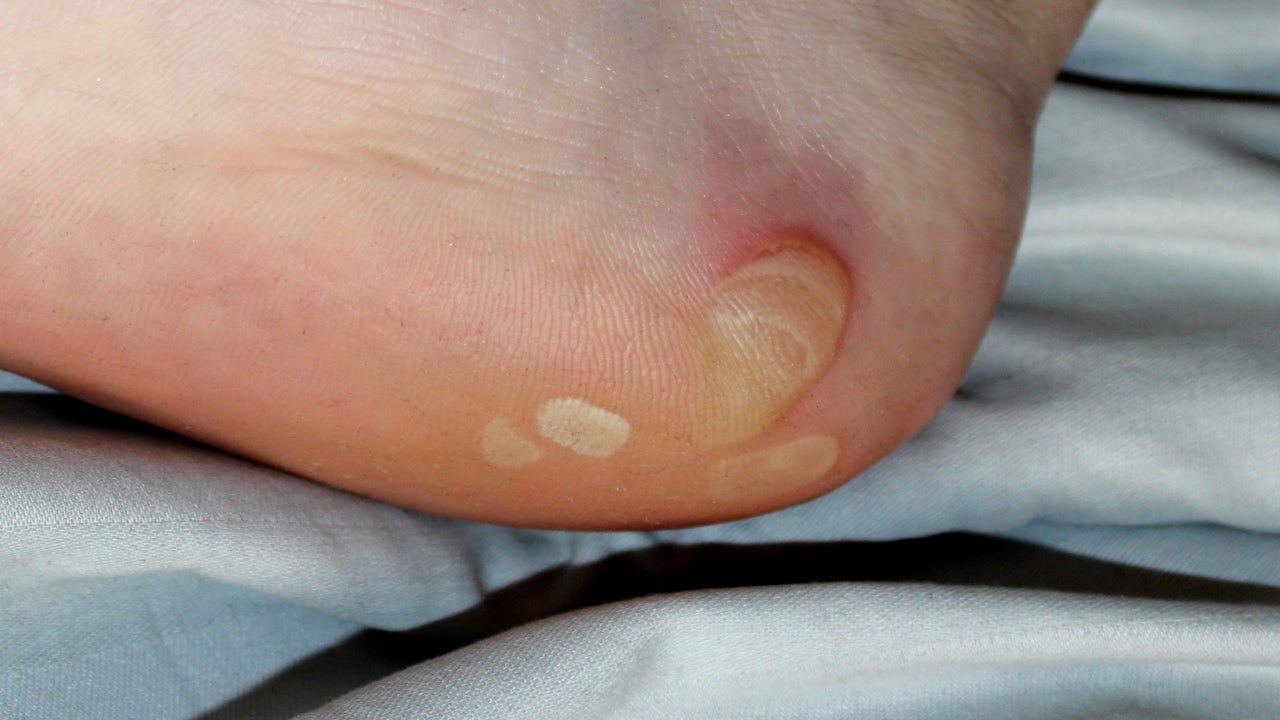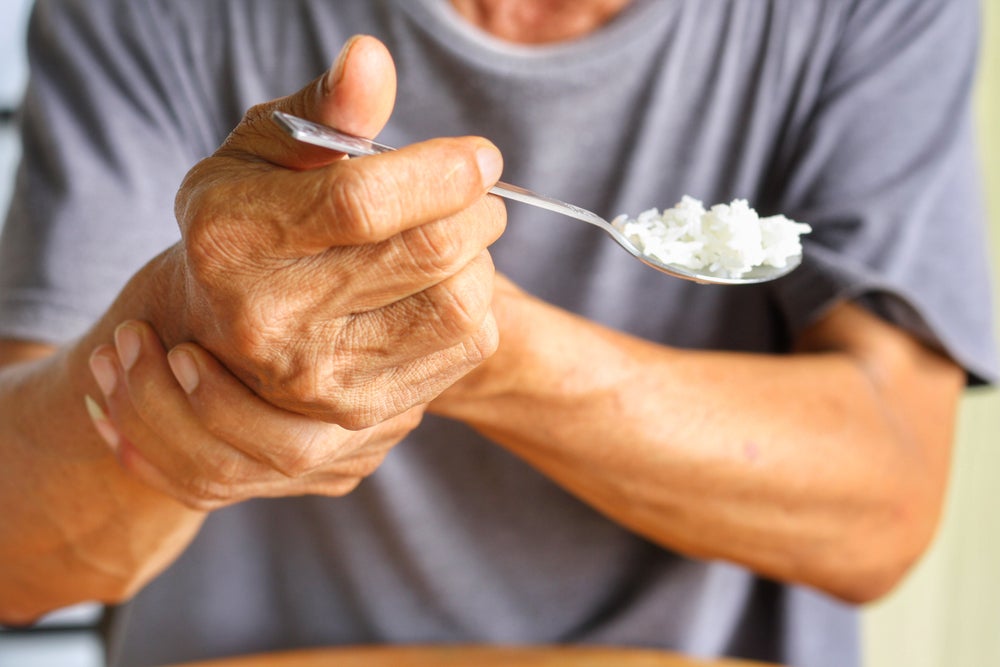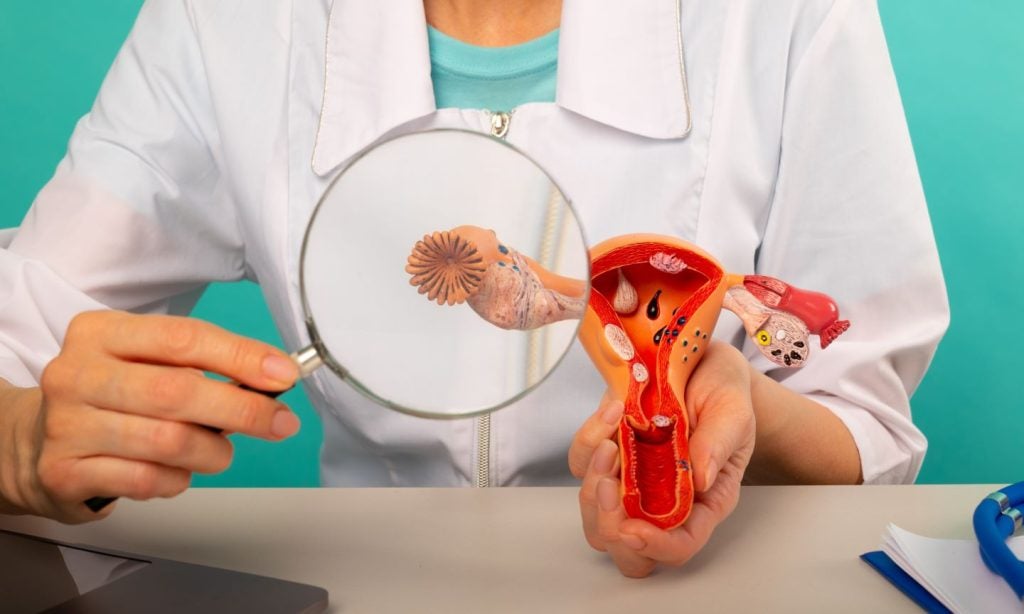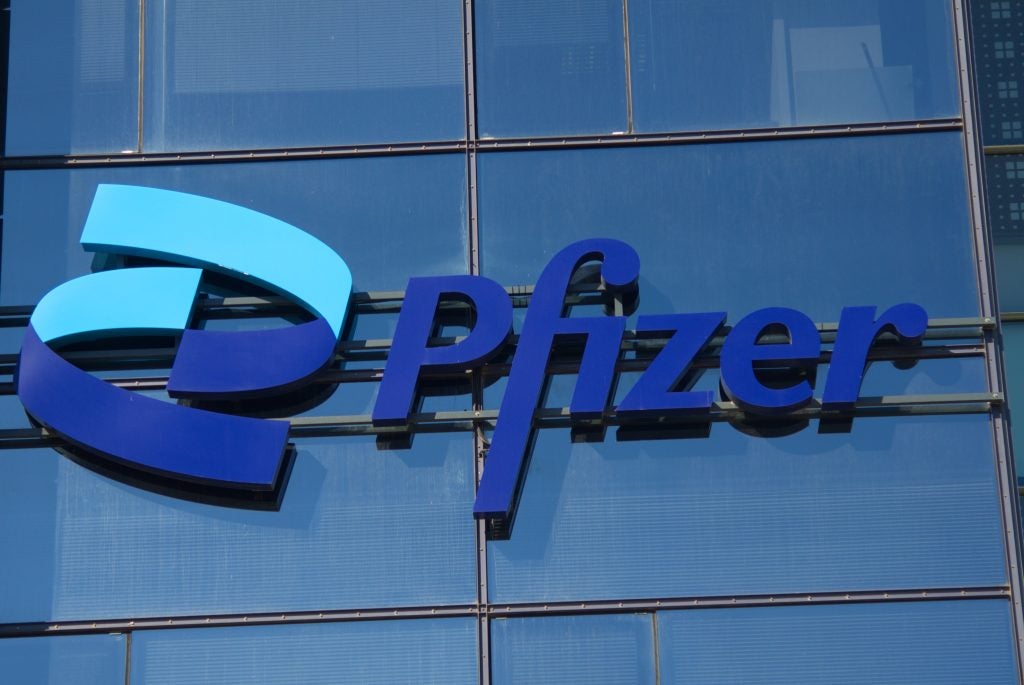
Amryt Pharma’s Phase III Oleogel-S10 is likely to have swift initial uptake in epidermolysis bullosa (EB) immediately following its anticipated FDA approval, experts said. However, they also noted Oleogel-S10’s long-term market build-up is likely to be thwarted because clinicians will learn which type of patients do not experience wound-healing as soon as one month following use of the topical.
According to the Phase III EASE trial, Oleogel-S10 is best suited for recessive dystrophic EB (RDEB) patients. However, the topical will likely be used in the broader EB population, as the demarcation between the different EB subgroups is blurry and clinicians will be interested to find out whether Oleogel-S10 could help close hard-to-treat wounds in any patient, experts said. Oleogel-S10 also has a positive safety profile supporting its broader use, they added.
Approximately one month after using Oleogel-S10, clinicians will be able to advise patients whether they should discontinue using the topical, experts said. Some wounds may heal while others in the same patient may not, and healed wounds are still at risk of reopening due to the fickle nature of EB wounds, they added. It is still unclear whether Oleogel-S10 can ease pain and pruritus, although closing the EB wound should theoretically reduce these two symptoms, they added. EASE missed statistical significance in these secondary endpoints despite showing a positive trend. It is important for clinicians to calibrate patient expectations accordingly, as the perception of a lackluster clinical benefit may impact adherence, some experts said.
Amryt aims to submit an initial application to the FDA this month, with an anticipated PDUFA date in November, according to a March company presentation. Oleogel-S10 has a positive shot at FDA approval since the 223-patient EASE trial, the largest trial ever to be run in EB, reaching its primary endpoint, as well as the fact that EB is a rare disease with no approved therapies, experts agreed.
Oleogel-S10 is estimated to reach its peak sales in 2026 with $256m, according to a GlobalData consensus forecast. Amryt, which did not respond to a comment request, has a market cap of $494.2m (£360.5m).
Broad use anticipated for Oleogel-S10 right after approval
Oleogel-S10 is likely to be used in the broader EB patient population as soon as it is approved, experts agreed. However, based on EASE data, Oleogel-S10 is best suited in RDEB patients, said Dr Jemima Mellerio, lead, Adult EB Team, St John’s Institute of Dermatology, St Thomas’ Hospital, London, UK. EASE recruited mostly RDEB patients, with a minority having dominant dystrophic EB (DDEB) and junctional EB (JEB).
How well do you really know your competitors?
Access the most comprehensive Company Profiles on the market, powered by GlobalData. Save hours of research. Gain competitive edge.

Thank you!
Your download email will arrive shortly
Not ready to buy yet? Download a free sample
We are confident about the unique quality of our Company Profiles. However, we want you to make the most beneficial decision for your business, so we offer a free sample that you can download by submitting the below form
By GlobalDataAmong 109 patients in the Oleogel-S10 arm, 41.3% reached the EASE primary endpoint of first complete closure of EB target wound within 45 days, compared with 28.9% of 114 placebo patients (p=0.013). These positive results are mirrored in the 165-patient RDEB subgroup. However, Oleogel-S10 did not provide benefit in DDEB patients (50% of six Oleogel-S10 patients versus 50% of 14 placebo patients), and the control gel performed better in JEB patients (18.2% of 11 Oleogel-S10 patients versus 26.7% of 15 placebo patients). RDEB patients only constitute about 15–20% of all EB patients, Mellerio noted. Most patients have EB simplex, followed by dystrophic EB, and then JEB, she added. All adult EB patients have been diagnosed in childhood, and most RDEB patients have characteristic phenotypes, making them straightforward to identify, she said.
Nevertheless, demonstrating efficacy in RDEB patients bolsters Oleogel-S10’s clinical value in any EB patient because RDEB patients have many chronic wounds, said Oleogel-S10 investigator Dr Dimitra Kiritsi, consultant dermatologist, University of Freiburg Medical Centre, Germany. EB simplex patients do not have concerning EB wounds, added an EB researcher. RDEB patients do not face higher mortality risks, so these patients would benefit from wound-healing in the long term, Kiritsi added. Risk of death during infancy and childhood is greatest in JEB patients.
The real-world utility of Oleogel-S10 is bolstered by some RDEB patients, especially children, being more challenging to diagnose despite being generally easy to identify visually, Mellerio added. While subgroups can differ according to the degree of skin damage they have, two different people in the same subgroup can have different disease phenotypes, the researcher added. Specific incidence rates between subgroups are hard to estimate because many countries do not have accessible diagnostic facilities, he explained.
There are no approved therapies for EB, which bolsters clinician and patient interest in Oleogel-S10, said Dr Cristina Has, head of molecular dermatology, University Medical Centre Freiburg, Germany. A topical approach aiming to help speed up wound healing is attractive for all patients, Has noted, adding European clinicians already have experience with Oleogel-S10 in all types of wounds. The EMA approved Oleogel-S10 in 2016 for the treatment of partial-thickness wounds in adults under the brand name Episalvan. Amryt anticipates a CHMP opinion for Oleogel-S10 for EB in December 2021.
EASE recruited patients with wounds sizes 10–50cm remaining not yet healed for a period of 21 days to less than nine months. Much larger wounds outside this range may not be ideal for a topical, Kiritsi said. A topical is not ideal in erosive wounds either, she added.
EASE shows Oleogel-S10 has a positive safety profile, which makes it attractive for clinicians to explore its use, the researcher said. The most frequently reported adverse events were wound complication, pyrexia, wound infection, pruritus and anaemia. These issues are naturally linked to EB, which makes it nebulous to determine whether these were due to the Oleogel-S10 or are an EB symptom, Mellerio and Kiritsi said.
Clinician Oleogel-S10 experience may dampen market size
Oleogel-S10’s potential impact in EB should not be overstated, said the researcher. While it would be considered for a broader EB population, it would take one month for clinicians to find out if Oleogel-S10 is worthy for continued use, Mellerio added.
A topical approach to manage difficult-to-treat, chronic wounds is not a revolutionary step in treating EB patients, Has added. EB is caused by a genetic mutation, which causes patients’ skin and mucous membranes to easily blister. These wounds could range from mild to potentially fatal. The candidate will likely have a limited benefit in any EB patient who has a significant wound burden, Has noted.
Oleogel-S10 may speed up healing with one wound and not another in the same patient, Mellerio and Has said. EB wound healing can be influenced by which part of the body the wound is in, and how long it has been there, Mellerio added.
The key for long-term market success is maintaining benefit, and Oleogel-S10’s benefit could be transient in certain patients, the researcher said. In EASE’s secondary endpoint, Oleogel-S10’s potential to speed up wound healing versus placebo over 90 days was not statistically significant (p=0.302). This demonstrates the way EB wounds can break down again despite therapeutic intervention, Mellerio said. EB wounds are in a state of flux between breaking and healing by themselves, Mellerio and the researcher added.
EASE had secondary endpoints investigating Oleogel-S10 in easing pain and pruritus, with the topical therapy just missing statistical significance despite a positive trend. These endpoints are inherently challenging to measure in EB, particularly in the EASE trial, which aims to measure impact on a target wound, Mellerio said. Patients often have multiple wounds, and it is hard to isolate improvements on pain or pruritus on any one healed wound, she explained. While closing a wound could theoretically ease pain and itch, there could be a disconnect in some patients as the cause of pain and pruritus is not clear in EB, the researcher added.
Oleogel-S10 is made from dry birch bark extract combined with sunflower oil. In theory, the topical therapy eases inflammation, which can help speed the healing of chronic EB wounds, Kiritsi said. However, EB wounds can get infected with bacteria, and it is still unclear if Oleogel-S10 can ease bacterial infection, Has added. In EASE, only eight infection events occurred in total, three of which were in the Oleogel-S10 group.
To potentially help the longer-term use of Oleogel-S10 among patients, clinicians need to calibrate patient expectations on the potential efficacy limits of this treatment, Has said. Patient enthusiasm for a topical approach in EB is important, as extra care in bandaging and rebandaging wounds by patients or carers can help supplement Oleogel-S10 wound healing, she added. It should be expected that there would be varied magnitude of efficacy among patients, Kiritsi noted.
The 223-patient EASE succeeded in its primary endpoint, and it is the largest EB trial staged thus far, which has led to optimism for its approval, Kiritsi said. Additionally, EB is a rare disease with a significant unmet need due to an absence of approved therapies, she added. Patients currently only use bandages to protect wounds, so if Oleogel-S10 speeds up wound closure, it would be a clinically relevant improvement, she noted.
Reynald Castaneda is Associate Editor for Clinical Trials Arena parent company GlobalData’s investigative journalism team. A version of this article originally appeared on the Insights module of GlobalData’s Pharmaceutical Intelligence Center. To access more articles like this, visit GlobalData.








Related Company Profiles
Amryt Pharma Plc